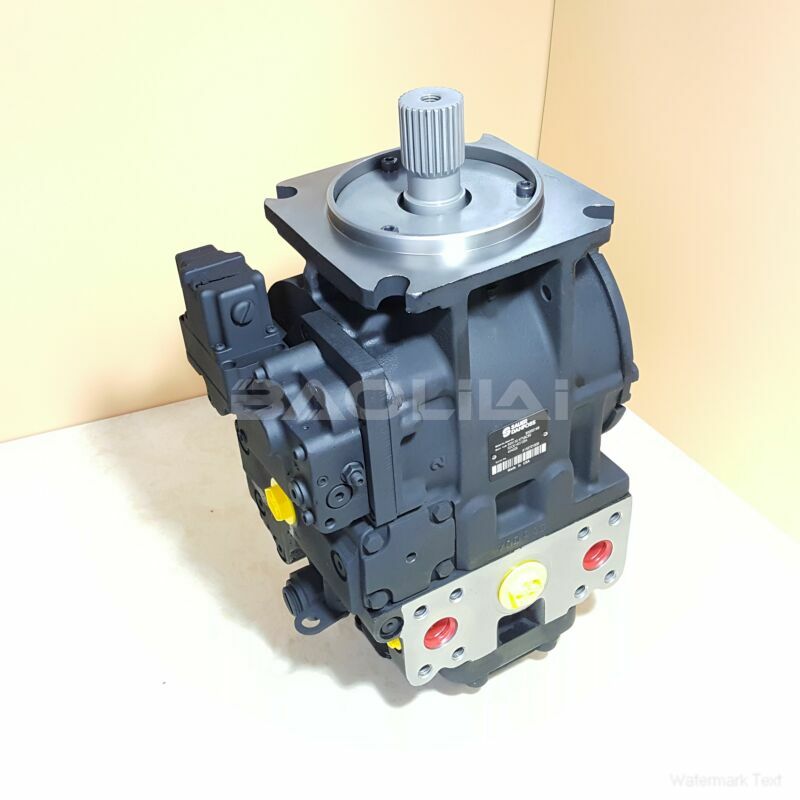90R100KA1NN60L4F1E03GBA202024 danfoss pump
90R100KA1NN60L4F1E03GBA202024 danfoss pump

- Product Details
- Applicable Scene
Positive displacement hydraulic pumps are essential components in various industrial applications, providing reliable and efficient fluid transfer. They operate based on a fundamental principle: they trap a fixed amount of fluid and then force it into the discharge line. Unlike centrifugal pumps, which rely on velocity to move fluid, positive displacement pumps are designed to move fluid at a constant rate, making them ideal for applications requiring precise flow control.
90-R-100-KA-1-NN-60-L-4-F1-E-03-GBA-20-20-24
90R100KA1NN60L4F1E03GBA202024
One of the primary advantages of positive displacement pumps is their ability to generate high pressure. This feature makes them particularly valuable in hydraulic systems where high-pressure fluid movement is crucial, such as in construction equipment, manufacturing processes, and automotive systems. The pumps can handle a wide variety of fluids, including viscous liquids, making them suitable for different industrial sectors.

9621789
Positive displacement pumps come in two main types: gear pumps and diaphragm pumps. Gear pumps operate by using two meshing gears to create a vacuum that draws fluid into the pump chamber and then forces it out through the discharge line. They are known for their robustness and ability to handle high viscosity fluids. Diaphragm pumps, on the other hand, use a flexible diaphragm to create a pumping action. As the diaphragm moves up and down, it alternately draws fluid into the chamber and pushes it out. This design makes diaphragm pumps excellent for handling corrosive or abrasive fluids, as the fluid does not come into contact with the mechanical parts of the pump.
Another significant characteristic of positive displacement pumps is their ability to handle variations in pressure and flow. Because they displace a fixed volume of fluid with each cycle, they can maintain a consistent flow rate even as system pressures fluctuate. This makes them particularly useful in applications where flow consistency is critical, such as in hydraulic presses or in chemical processing.





